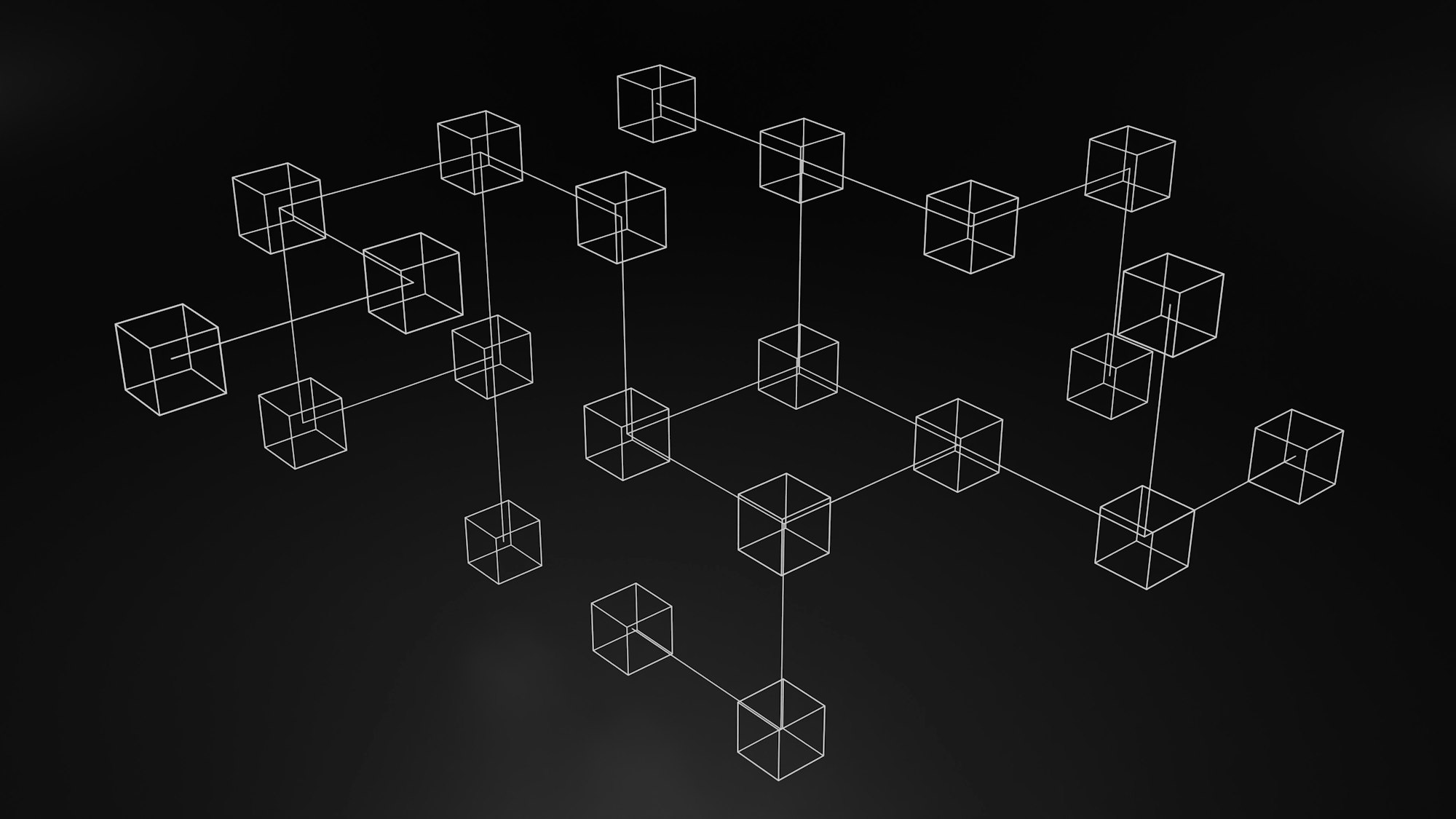Layperson's Web3 terminology guide

One of the things that adds to the confusion in the web3 space is all of the terminology. As part of understanding this space, we've been wrapping our heads around the terminology and culture.
To that end, we've created a non-exhaustive list of some of the key terms we have been coming across with our understanding of them. We've tried our best to describe them from a layperson's perspective so they are easy to consume for newcomers and experienced people alike.
Wrapped your head around this and interested in exploring how to make decisions about how you can engage ethically and pragmatically in this space? Check out our web3 decision framework.
Categories
Key concepts
- Crypto - shortened form of 'cryptocurrency', but also often used as a short hand to describe the entire ecosystem
- Cryptocurrency - digital currency secured by cryptography to protect the integrity of the currency (e.g. avoiding counterfeits, double-spending, etc.) and often (but not always) decentralised rather than controlled by a central entity like a bank or government; prominent examples being the O.G., Bitcoin, and Ethereum
- Blockchain - essentially a database with key architectural properties of an immutable (data can't be changed once committed), tamperproof, distributed (across multiple nodes with no primary central server node(s)) ledger (storage is a set of transactions) that is inspectable (publicly, privately or semi-privately across entities that need to build trust with each other); it does this by creating a chain of cryptographically signed blocks that reference each other
- Web3 - classic tech buzzword that means different things to different people :P, but to some it's taking Blockchain-based apps to the web via dApps (see below), for others it's used as a catch-all phrase to describe the entire ecosystem, or for others still it represents a fundamental shift of technology to become decentralised and distributed by using Blockchain technology
- Decentralised Autonomous Organisation (DAO) - an organisation whose rules / operation is represented in smart contract code (and is thus autonomous) and operates as a decentralised entity (no centralised leadership) and usually form around some sort of common belief / goal
- Decentralised App (dApp) - is an end user facing application (often a JavaScript web app), that uses the Blockchain as a backend (and thus is decentralised) often via a Smart Contract (see below); optionally the app hosting itself can be decentralised via IPFS/Arweave or some Blockchains (example), or it can be hosted in the same way web apps are traditionally (e.g. cloud computing, etc.)
- Smart Contract - a software program that is stored and executed directly on a Blockchain (thus the code is inspectable and sometimes immutable) that codifies and automates one or more interactions / transactions, including checking for validity / integrity and potentially executing transactionally consistent side-effects; this allows for "trustless" agreements and interaction (assuming someone is happy to go and read the code on the Blockchain and understand what it does)
- Metaverse - another buzzword, especially after the Facebook -> Meta change made the term mainstream; the concept is that you can interact with other people in an immersive virtual world(s), which while it's not specifically linked to web3/crypto the fact that web3/crypto allows you to define digital ownership and transactions there is a natural synergy between them
Fundamentals
- Crypto wallet / account - different terminology exists across different Blockchains, but in general there will be a concept of an account, that is identified by an address, can hold balances of assets and can issue / sign transactions (e.g. to transfer assets or execute smart contracts), and of a wallet, that allows you to securely store the secret key that allows you to transact as the associated account and may take the form of e.g. a mobile app, physical security device, web browser extension, etc.
- Mnemonic phrase - A set of 11-25 words from a known dictionary (e.g.) that each represent a number and in totality can be combined to represent the private key that secures a wallet
- Fungibility - an intrinsic property of an object that determines whether it's interchangeable / replaceable like-for-like with another object; examples are a $1 note is fungible since you can interchange them and an erroneous stamp is non-fungible since it's 1 of a kind
- Crypto token (sometimes referred to as coins or assets) - a digital asset that is stored and tracked on a Blockchain; a token is something that you can own a quantity of (in a wallet) and transfer to other wallets (i.e. has the intrinsic properties of ownership, quantity and tradeability/transactability)
- Fungible Token (FT) - is a cryptocurrency token / coin that is fungible (interchangeable); examples include Bitcoin, Ether and Algo
- Non Fungible Token (NFT) - is a cryptocurrency token that is non-fungible (unique); example use cases include art (including profile pictures (pfps), music, collectibles), gaming, tradeable memberships and access tickets, soulbound certificates, redeemables, identity (and recording verification thereof), financial assets (including collateralisation and fractionalisation), legal agreements, retail, bounties / incentivisation, content management, social / crowd investing and activism, loyalty / cohort / R&D participation, authenticity / receipts / intellectual property licensing, car logbooks and historical artifacts
Financial terms
- Fiat - the name to describe traditional non-crypto currencies i.e. currency usually regulated by a government such as the US Dollar
- Stablecoin - a cryptocurrency that "pegs" it's market value to an external reference such as fiat money, or a commodity like gold; this allows for the cryptocurrency to be less volatile and more stable (hence the name), prominent examples include Tether (USDT) and USD Coin (USDC) - usually these stablecoins will hold an equivalent amount of the commodity aside to represent each of the digital tokens it has
- Utility token - crypto token that is used for some sort of specific function or value (utility) within a given ecosystem e.g. voting rights for a DAO, governance voting for a network, virtual currency within a specific ecosystem (like in-game money, rewards points etc.)
- Liquidity pool - a pot (pool) of crypto tokens that facilitates trading / exchange of tokens via an established mechanism (often a smart contract) - the liquidity is possible because the tokens are left in escrow and that can be moved
- Decentralised Exchange (DEX) - allows people to directly trade tokens with each other peer-to-peer without needing a central authority / broker often via decentralised liquidity pools
- Decentralised Finance (DeFi) - creation of financial products that are stored and transacted on a decentralised Blockchain (often via smart contracts), e.g. by allowing people to pool money together into an investment pool so other people can lend from it (and pay interest etc.); these products can function without any banks or other central / intermediary entities needing to be involved and potentially allowing access to people that aren't able to access Traditional Finance (TradFi) products
Network implementation
- Layer 1 / Layer 2 - some of the oldest and most commonly used blockchains, particularly Bitcoin and Ethereum, have limitations such as low speed, high transaction cost and/or limited programmability that have led to people building (layer 2) blockchains with different architectural properties on top of the original (layer 1) blockchains; this generally means the layer 2 blockchains will combine a number of transactions together into a single block within the layer 1 blockchain (examples: Polygon, Lightning Network and Arbitrum)
- Gas / transaction fees - in order to cover the cost of running the decentralised Blockchain networks, when you sign and send a transaction to the blockchain you will typically have to pay a transaction fee (commonly referred to as gas fees, since that's the terminology Ethereum uses); some Blockchains charge a fixed fee (e.g. Algorand charges 0.001 Algos (fraction of a cent)) and some charge based on a combination of factors such as traffic load and/or complexity of transaction
- On-chain - given problems such as high cost of transacting and/or limitations around storage size/cost there is an architectural concept when creating a Blockchain-based application of determining which components are stored/executed on-chain (on the blockchain) vs off-chain (via traditional means)
- Oracle - If you want to execute some logic on-chain, but that logic needs reliable access to data that is off-chain (such as exchange rates, a Know Your Customer (KYC) check, etc.) there is a concept called an Oracle, that provides a trusted bridge between off-chain and on-chain data
- Consensus - given Blockchains are often implemented as decentralised networks it means multiple nodes could try and commit different sets of transactions / blocks simultaneously; the algorithms that determine how conflicts are resolved and the final order of transactions/blocks are selected are called "consensus" algorithms: more reading (including definitions of the key algorithm types including Proof-of-Work and Proof-of-Stake)
- Forks - some (but not all!) Blockchain networks has the potential to generate "forks", which means multiple chains of blocks exist at a point in time with a different transaction order and the consensus algorithm of that Blockchain eventually cleans up and picks a "primary" fork; this means that you could commit a transaction that is later dropped (because it appeared on a network fork)
- Finality / confirmation time - the concept of finality is where your committed transaction is considered to be definitely part of the main fork of the Blockchain, different blockchains have different confirmation time intervals that allow you to assume or confirm finality (some chains, like Algorand, have "instant finality" because forks are not possible)
Slang
- Airdrop - when someone sends token(s) to your account/wallet, often without your permission; this can be a good thing or a bad thing depending on what's sent and not all Blockchains allow this (e.g. Algorand requires you opt-in to receive an asset)
- Shill(ing) - someone that is promoting a given coin / network / project to get others to buy-in; it can be used in a derogatory sense (indicating someone is conning for personal gain) or a casual sense (to describe fans and community members)
- Rug pull - where someone establishes a project, gets buy in and investment from people and walks away with the money and/or doesn't deliver on the potential that they promised
- Pump and dump - where someone pumps up the price of a token (through misleading promotion) and then sells off their stake for a profit (and generally causing the price to drop)
- GMI / WAGMI - "(we are) gonna to make it"; used to instill hope and comradery in a given community and/or celebrate good news
- NGMI - "not gonna make it"; derogatory phrase indicating you don't think someone / some project will be successful
- HODL - "Hold On for Dear Life"; where you hold a crypto currency regardless of it dropping or climbing in price short term so you can get a long term gain
- Dox - When the founders behind a web3 project have identified themselves, rather than staying anonymous, often a rug pull will occur when founders are not doxed; not to be confused with the original meaning of dox, which means someone's personal location and details are leaked against their will in an effort to cause them harm
Further reading
If you want to go deeper there this is a great post: The Latecomer’s Guide to Crypto by Kevin Roose, New York Times.

